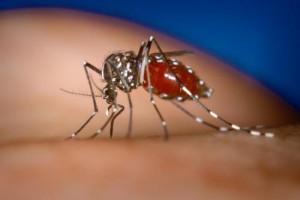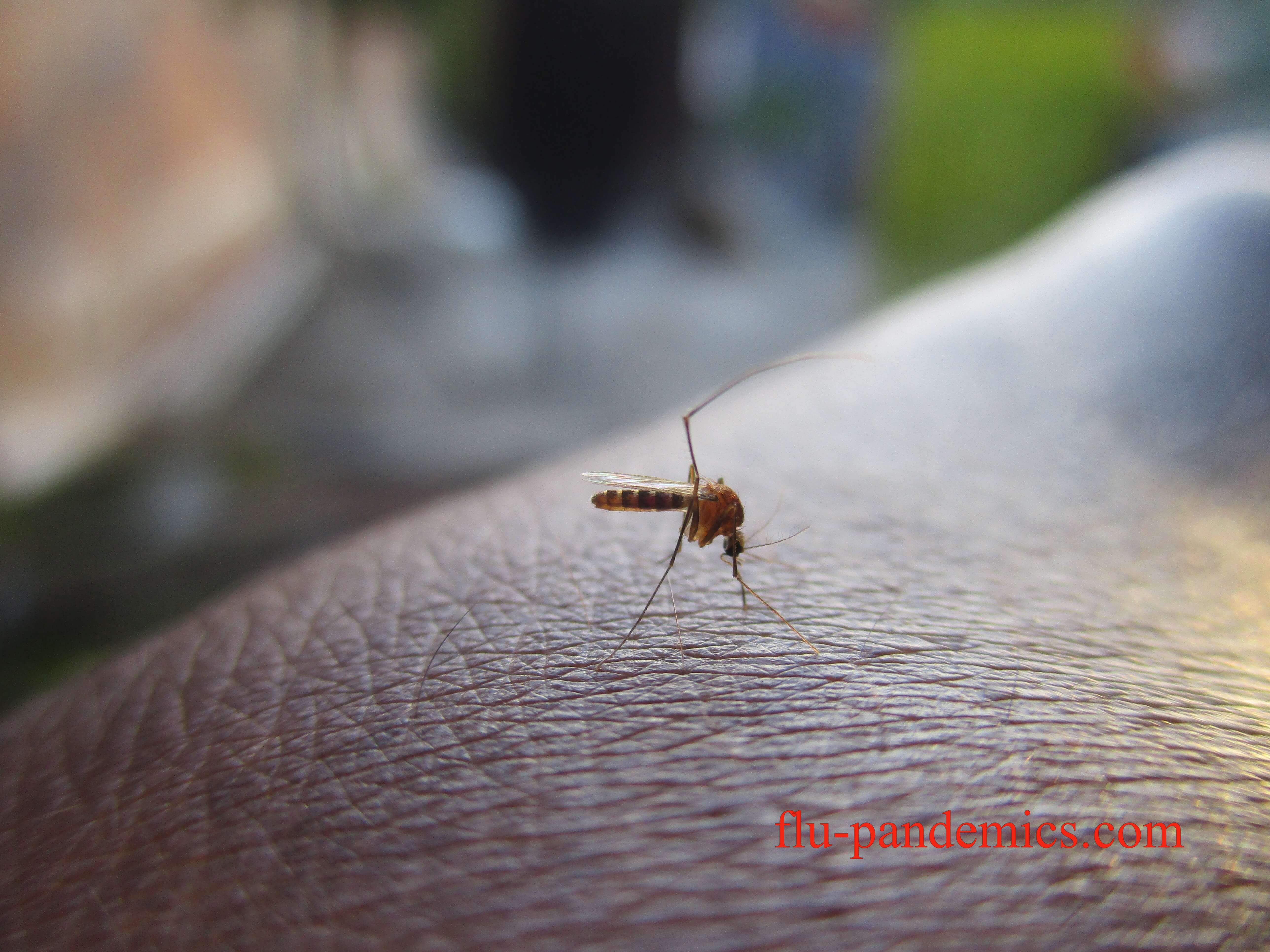Thailand is warning for Dengue, in the south of Thailand. Dengue is off course in other Asian countries but Thailand has the most tourists in these areas.
Diagnosis
The diagnosis of dengue is usually made clinically. The classic picture is high fever with no localizing source of infection, a petechial rash with thrombocytopenia and relative leukopenia – low platelet and white blood cell count. Care has to be taken as diagnosis of DHF can mask end stage liver disease and vice versa.
1. Fever, bladder problem, constant headaches, eye pain, severe dizziness and loss of appetite.
2. Hemorrhagic tendency (positive tourniquet test, spontaneous bruising, bleeding from mucosa, gingiva, injection sites, etc.; vomiting blood, or bloody diarrhea)
3. Thrombocytopenia (<100,000 platelets per mm³ or estimated as less than 3 platelets per high power field)
4. Evidence of plasma leakage (hematocrit more than 20% higher than expected, or drop in hematocrit of 20% or more from baseline following IV fluid, pleural effusion, ascites, hypoproteinemia)
5. Encephalitic occurrences.
Dengue shock syndrome is defined as dengue hemorrhagic fever plus:
* Weak rapid pulse,
* Narrow pulse pressure (less than 20 mm Hg)
* Cold, clammy skin and restlessness.
Dependable, immediate diagnosis of dengue can be performed in rural areas by the use of Rapid Diagnostic Test kits, which also differentiate between primary and secondary dengue infections.[11] Serology and polymerase chain reaction (PCR) studies are available to confirm the diagnosis of dengue if clinically indicated. Dengue can be a life threatening fever.
From http://en.wikipedia.org/wiki/Dengue_fever
[caption id="attachment_70" align="alignnone" width="300" caption="Dengue"] [/caption]
[/caption]

